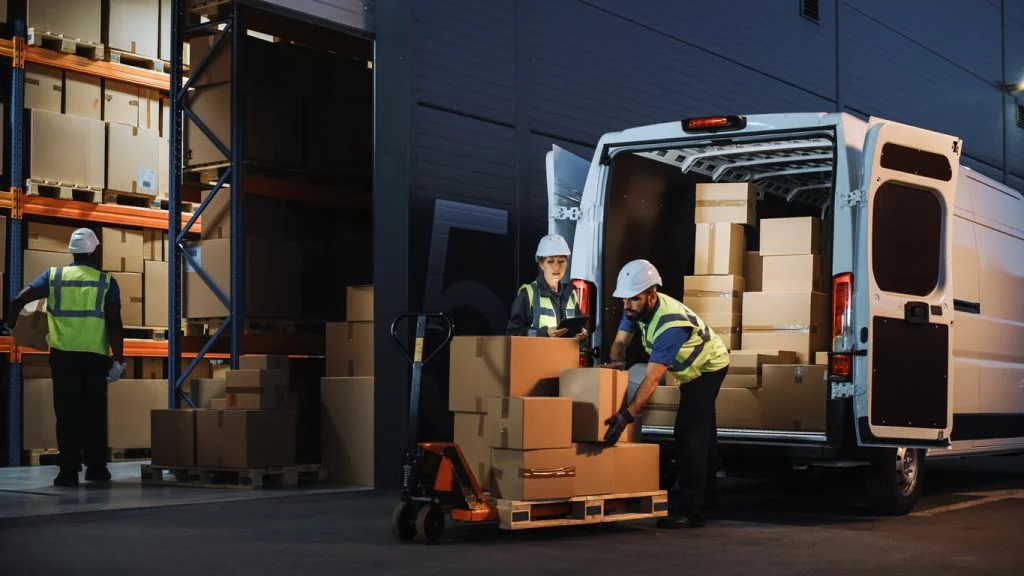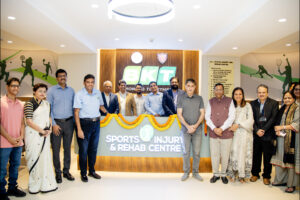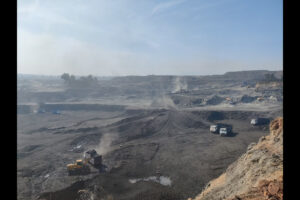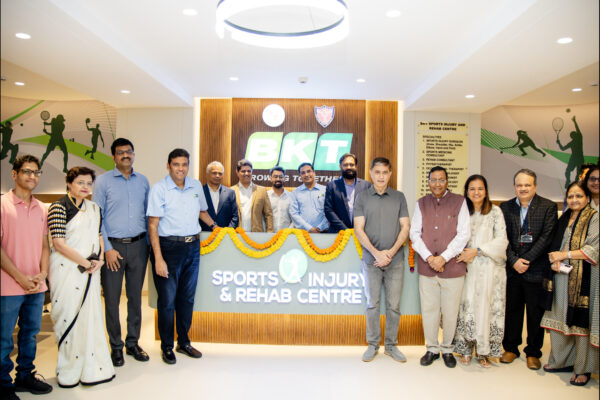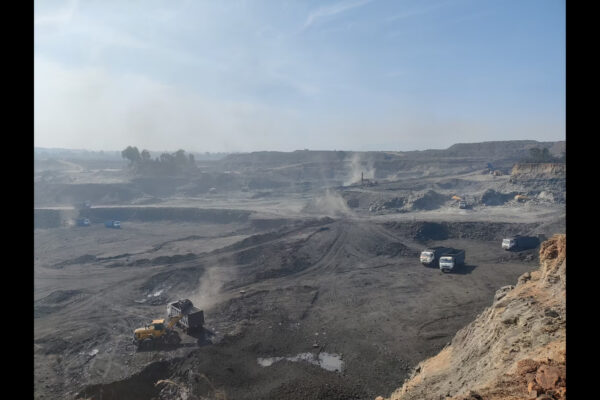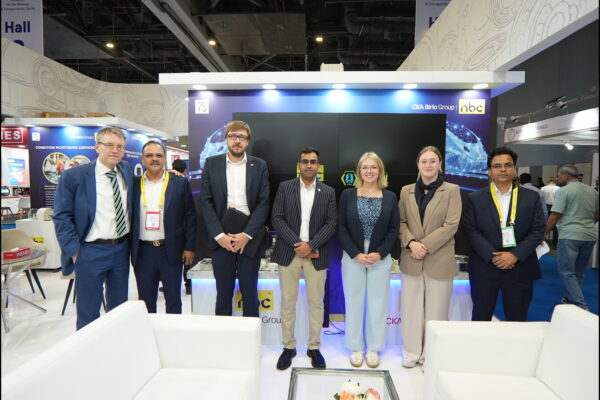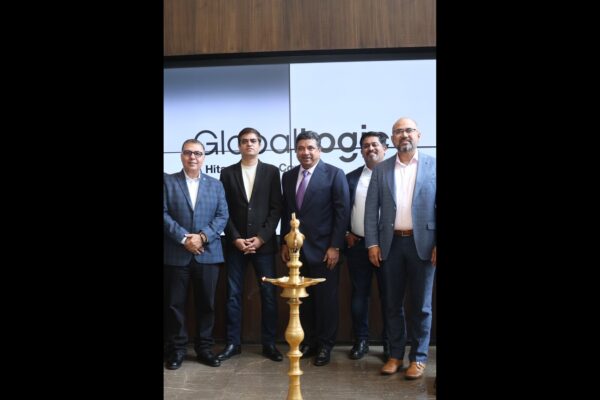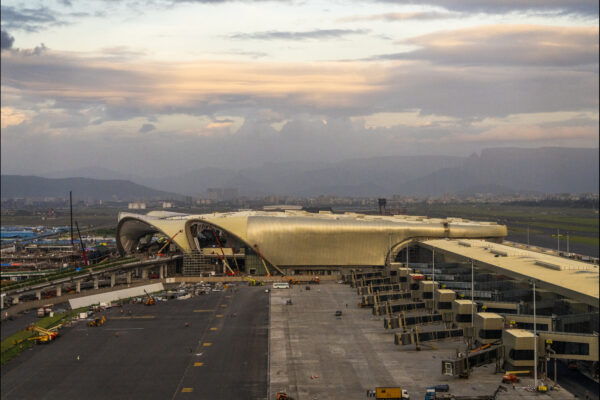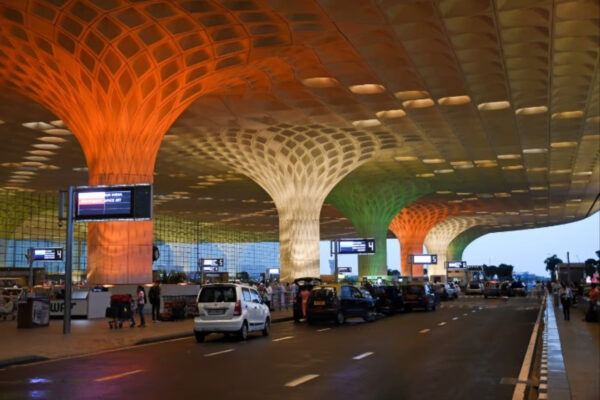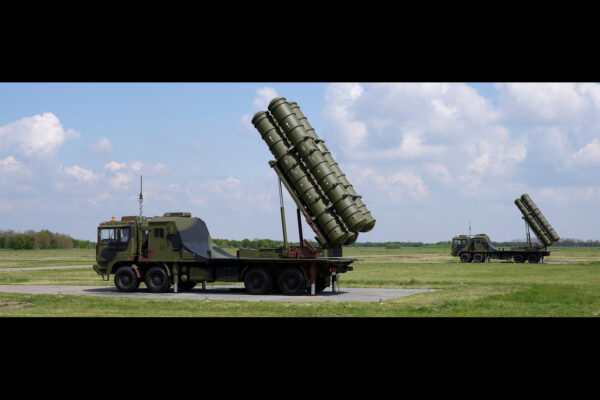Optimising reverse logistics: Best practices for reducing environmental impact
by Dhruv Taneja, Founder & Global CEO, MatchLog Solutions
We rarely think about what happens after we return an item – be it a gadget that didn’t meet expectations, a piece of clothing that didn’t fit, or a product that arrived damaged. Yet, behind every return is a complex network of transportation, repackaging, refurbishment, and, in many cases, disposal. The reverse logistics industry is growing at an astonishing rate, with global return deliveries expected to cost businesses $1 trillion annually by 2026. But beyond the financial impact lies a more pressing issue: the environmental cost.
Reverse logistics generates additional transportation emissions, packaging waste, and resource-intensive processing. A significant portion of returned goods – especially in industries like fashion and electronics – ends up in landfills, further exacerbating waste management challenges. As businesses strive to meet sustainability targets, optimizing reverse logistics is a necessity for long-term resilience.
Data-driven decision making to minimize unnecessary returns
A staggering 30% of all online purchases are returned, compared to just 8%-10% in physical retail. While some of these returns are inevitable, many are preventable with better data insights. AI-powered analytics can help businesses predict return patterns, identify problematic products, and refine product descriptions to reduce mismatches in customer expectations. Some companies have successfully reduced return rates by integrating AR/VR-powered virtual try-ons and fit guides, eliminating unnecessary shipments.
A staggering 30% of all online purchases are returned, compared to just 8%-10% in physical retail. While some of these returns are inevitable, many are preventable with better data insights. AI-powered analytics can help businesses predict return patterns, identify problematic products, and refine product descriptions to reduce mismatches in customer expectations. Some companies have successfully reduced return rates by integrating AR/VR-powered virtual try-ons and fit guides, eliminating unnecessary shipments.
Additionally, tracking return behaviour at the SKU level allows businesses to differentiate between genuine returns and fraudulent or excessive return patterns, helping in implementing targeted return policies.
Localized return centres to reduce transportation emissions
One of the biggest environmental drawbacks of reverse logistics is the transportation footprint. Many returned products travel thousands of kilometres, often going back to centralized warehouses before being processed for resale or disposal. Implementing localized return hubs – where goods can be inspected, repaired, and rerouted – can significantly cut down on emissions. Regional return centres allow for more efficient sorting, reducing unnecessary transportation and improving resale or redistribution efficiency. Moreover, companies can collaborate with third-party logistics providers to consolidate return shipments, optimizing truckload efficiency and reducing fuel consumption.
Giving products a second life
In the electronics sector alone, e-waste is a growing crisis, with over 50 million metric tonnes generated annually. However, many returned electronics are still functional or require minor repairs. Instead of discarding these items, businesses can invest in refurbishment programs to extend product lifecycles. Certified pre-owned and refurbished markets are growing rapidly, with increasing consumer acceptance for second-hand and restored goods. Companies that actively promote refurbished product sales not only reduce waste but also tap into a lucrative secondary market. This model is already well-established in industries like consumer electronics, fashion, and home appliances.
Sustainable packaging for returns
Packaging waste is another major contributor to the environmental footprint of reverse logistics. Many returned items come back with excess plastic, non-recyclable wrapping, or damaged packaging that renders them unsellable. A shift toward sustainable, reusable, or biodegradable packaging can make a significant difference. For instance, adopting multi-use returnable packaging—such as collapsible containers or compostable mailers—reduces waste and disposal costs. Retailers can also incentivize customers to reuse packaging for returns by offering small discounts or loyalty points.
Building circular supply chains
Reverse logistics should not be treated as an afterthought but as an integral part of a circular supply chain strategy. By integrating returned goods into the production cycle—whether through material recovery, remanufacturing, or component reuse—businesses can drastically cut down on raw material consumption. Take the fashion industry, for example. Some brands now have take-back programs where old garments are collected, sorted, and repurposed into new clothing lines. Similarly, electronics manufacturers are incorporating recycled materials into new product designs, reducing dependency on virgin resources.
Conclusion
The push for sustainable reverse logistics is not just about meeting regulatory requirements or corporate ESG goals – it is about future-proofing businesses. Consumers are increasingly making purchase decisions based on environmental impact, and businesses that fail to optimize their reverse supply chain will face mounting economic and reputational risks. Investing in sustainable reverse logistics strategies is no longer an optional exercise; it is a necessity. The next frontier for logistics is not just speed and efficiency, but circularity and sustainability.

